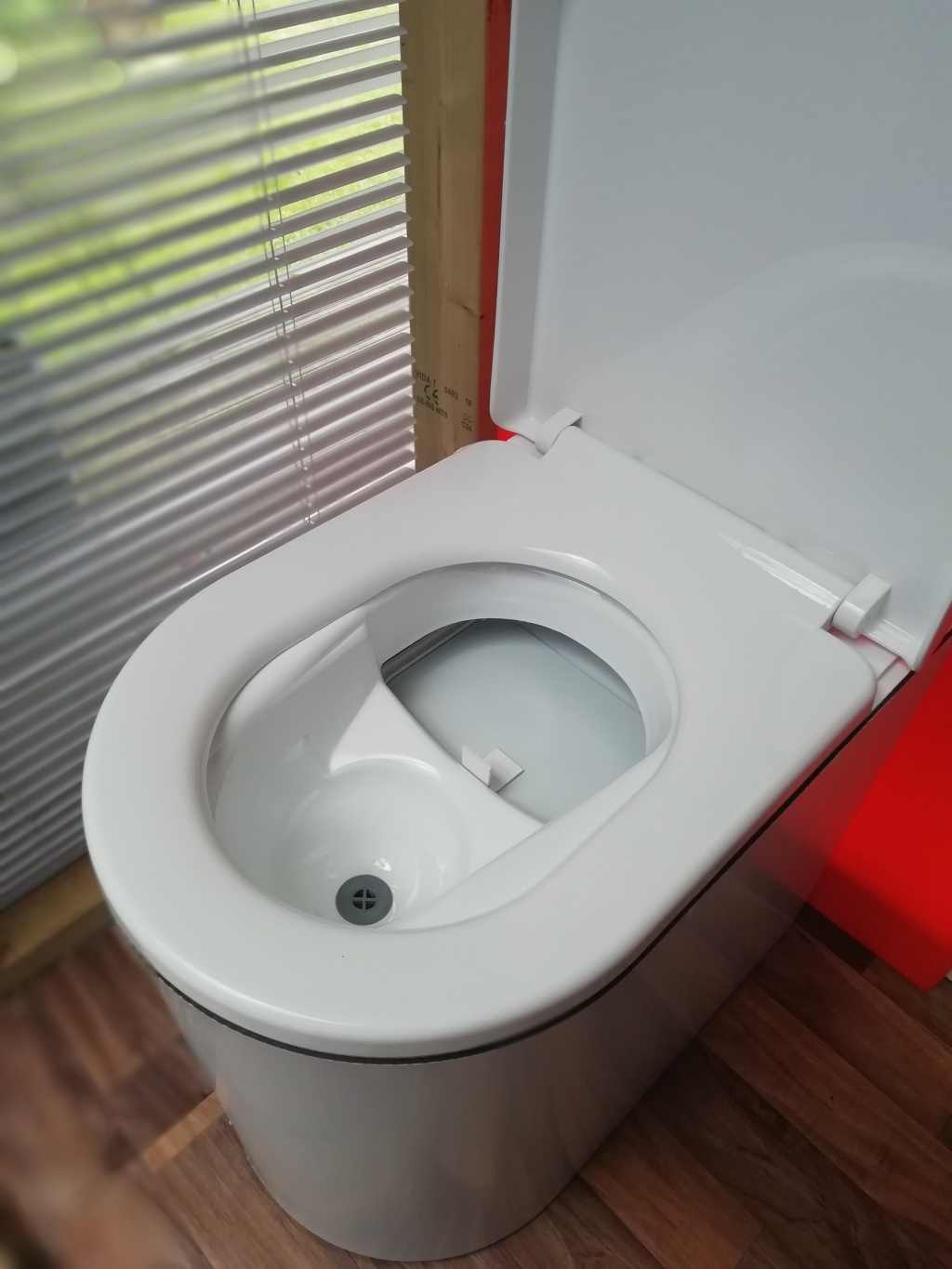Composting Toilets: An Eco-Friendly Solution for Rural Living and Homesteading
Living in rural areas and homesteading often come hand in hand with a desire for self-sufficiency, sustainability, and harmony with nature. One of the most innovative and eco-friendly solutions that aligns perfectly with these aspirations is the use of composting toilets. These unique sanitation systems not only reduce water consumption but also transform human waste into valuable fertilizer for gardens and crops. In this retrospective post, we will explore the benefits, challenges, and best practices associated with composting toilets.
A composting toilet is a simple concept that has been used by humans since ancient times. It essentially works by promoting the natural decomposition process of organic matter through aerobic bacteria activity. Unlike traditional flush toilets that require large amounts of water to transport waste to treatment facilities, composting toilets break down solid waste on-site without using any water.
One of the major advantages of composting toilets is their positive environmental impact. By eliminating the need for water flushing, they drastically reduce household water consumption – an especially important consideration in areas where freshwater resources are scarce or expensive to access. According to studies conducted by various organizations, a typical family can save up to 10,000 gallons (37,854 liters) of water per year by switching from a conventional toilet to a composting one.
Moreover, when properly managed and maintained, composting toilets produce nutrient-rich humus that can be used as an alternative fertilizer. This not only helps close the nutrient loop but also eliminates the need for chemical fertilizers that may harm soil health or contribute to pollution in nearby bodies of water.
While there are several types of composting toilet systems available on the market today – including self-contained units and central systems – all share some common principles for successful operation:
1. Proper Ventilation: Composting processes rely on aerobic bacteria activity; therefore adequate airflow must be provided within the system. This can be achieved through the use of vent pipes and fans, ensuring oxygen supply for efficient decomposition.
2. Balanced Carbon-to-Nitrogen Ratio: To maintain optimal conditions for decomposition, it is essential to balance the carbon-rich material (such as sawdust or peat moss) with nitrogen-rich waste (human feces and urine). A recommended ratio is approximately 30 parts carbon to 1 part nitrogen.
3. Regular Maintenance: Regularly adding bulking agents like sawdust or peat moss after each use helps control moisture levels and prevents odor buildup. Additionally, monitoring the compost pile’s temperature and humidity levels will ensure that the microorganisms responsible for decomposition are thriving.
Despite their numerous benefits, composting toilets do have some challenges associated with their use. The most common concern is related to odor control; however, with proper maintenance practices in place, this issue can be effectively mitigated. Additionally, there may be local regulations governing the installation and use of composting toilets in certain areas, so it is important to check before making any decisions.
In conclusion, composting toilets offer a practical solution for those living in rural areas or pursuing homesteading lifestyles who wish to reduce water consumption and promote sustainability. These systems not only save significant amounts of water but also contribute to soil fertility by transforming waste into useful fertilizer. With proper understanding of best practices and regular maintenance routines, composting toilets can provide an eco-friendly alternative without compromising comfort or convenience in daily life.
So if you’re considering ways to live more harmoniously with nature while reducing your ecological footprint on your rural property or homestead – why not give composting toilets a try?


Leave a comment